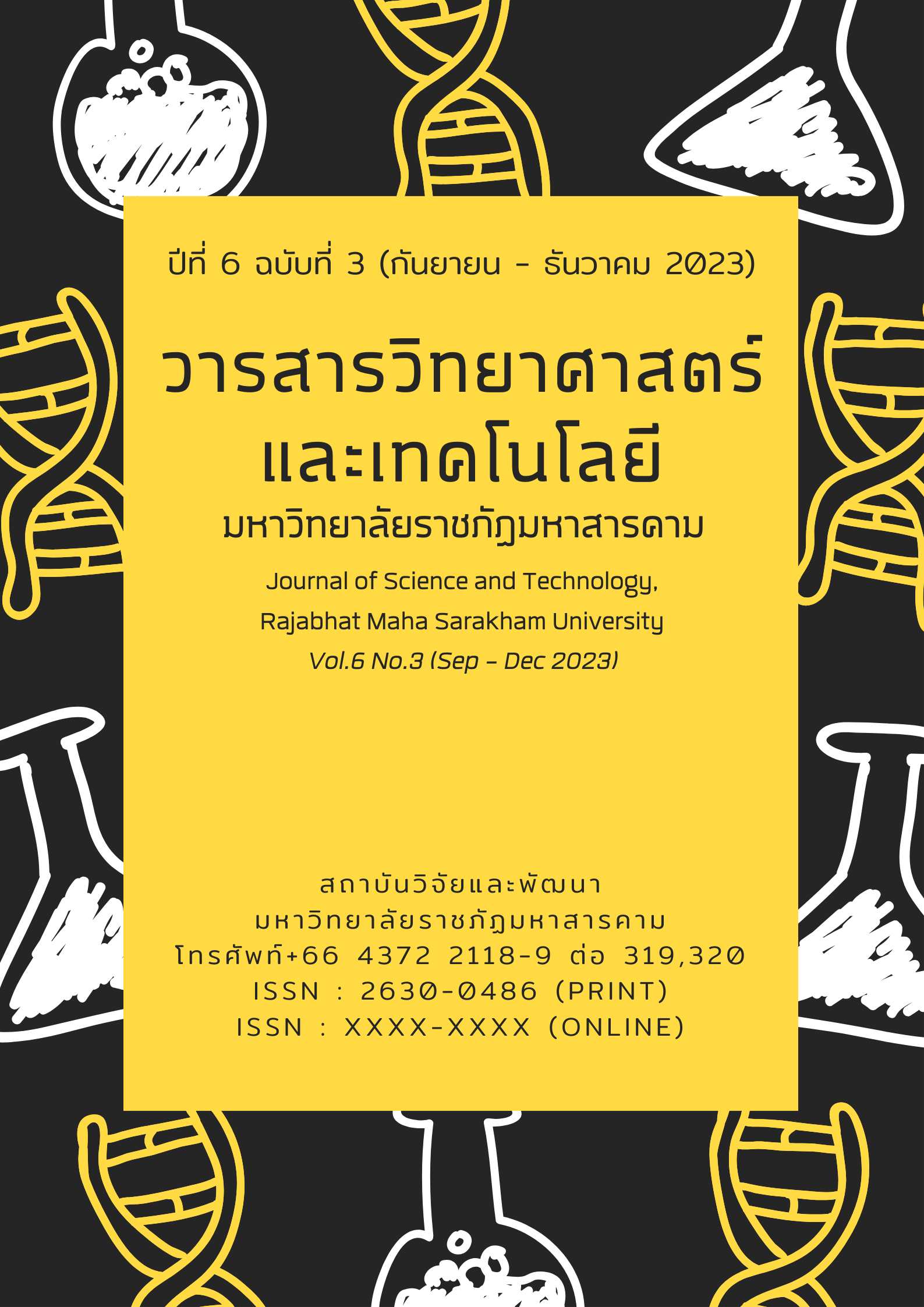Using indigenous microorganism for natural agriculture, by mimicking natural forests Patterns in Luk Dan sub-district, Nam Nao district, Phetchabun
Keywords:
Indigenous microorganisms, Mimicking natural forests, Natural agricultureAbstract
This research was to study the production process and use of indigenous microorganisms to mimicking natural forests. Study the costs and benefits of using indigenous microorganisms in mimicking natural forests. Data collection from secondary sources by relevant research documents, Production, and use of indigenous microorganisms in the mimicking nature forest by selecting a specific population and sample is a group of 5 farmers. The results found that Natural agriculture uses indigenous microorganisms. It is a process of bringing indigenous microorganisms to produce products and has a process to find raw materials from nature, household, and local. There are production 5 steps, farmers can apply them directly in preparing the soil before growing plants. It was found that the average cost per production per time was low at 80 baht per 30 square meter. It reduces the burden of purchasing chemicals to improve soil. To encourage farmers to use it in agriculture by changing from using chemical fertilizers to safe agriculture in the form of mimicking natural forests. It is a sustainable production and consumption system. It's safe for the health and the environment.
References
Biodiversity-based Economy Development Office. (2016). Family forest: stable, prosperous, sustainable...for self-reliance. Retrieved from https://www.posttoday.com/pr-news/412898.
Chivchenko, A., & Panyalue, A. (2022). Modifying Agricultural Systems to Reduce Problems Growing Monocultures in Highland Areas. Retrieved from https://hkm.hrdi.or.th/Knowledge/detail/554
Homthong, M., Kaewpuk, W., Yamsuan, S. and Thongsima, A. (2019). The effects of agricultural systems on microbial species diversity in soil in vegetables growing areas of Nakhon Pathom Province. Academic Journal of Phetchaburi Rajabhat University, 9(1), (212-219).
Hutaphaet, K. (2015). Natural agriculture. Natural Agriculture Journal. 2015(4), (3).
Kayotha, B. (2010). Making Indigerous Microorganism: IMOs. Retrieved from https://www.rakbankerd.com/agriculture/print.php?id=110&s=tblfertilizer.
Lak Dan Subdistrict Administrative Organization. (2016). Information on the general condition of Lak Dan Subdistrict. Retrieved from https://www.lakdan.go.th/condition.php.
Natural agriculture. (2015). Benjakun Microorganisms the Best Microorganisms, 5 in1 the Power to Restore Life to the Land. Natural Agriculture Journal. 2015(4).
Nuchpho, P., Sriphomma, C., and Phanpha, T. (2020). Natural Agriculture with Microbes from Benjakun Case Study: Royal Learning Center Project Wat Ban Mai, Moo 3, Bueng Samakkee Bung Samakkhi Sub-District, Bung Samakkhi District, Khampangphet Province. Journal of Management Science Pibulsongkram Rajabhat University, 2(1), (88-103).
Rasi T. (2014). Loei Basin Ecological Studies. Full Report, Thailand Research Fund.
Tancho, A. (2005). Applied Natural Agriculture: Principles, Concepts, and Practice Techniques in Thailand. Pathum Thani: National Science and Technology Development Agency Book center. 2005(1).
Tancho, A. (2006). Indigerous Microorganism: IMOs. Chiang Mai:Trio Advertising & media Co.,Ltd. 2006(4).
Thamwichaiphan, P. (2010). Collection of Indigenous Microorganisms. Retrieved from https://www.posttoday.com/pr-news/412898.



